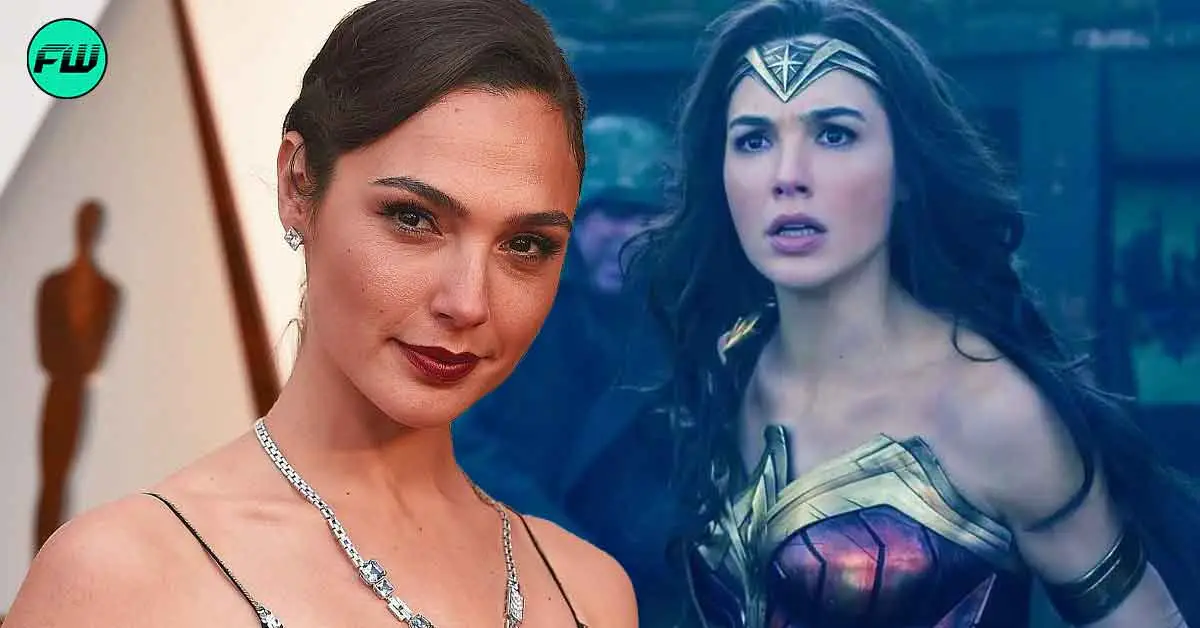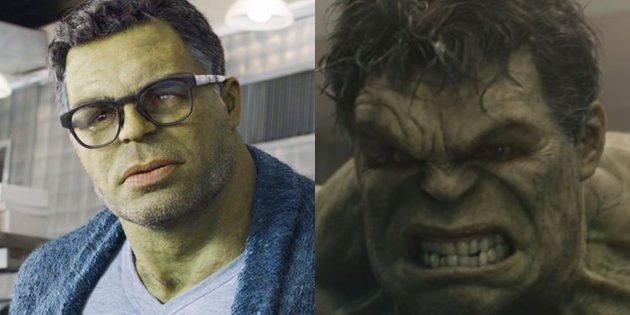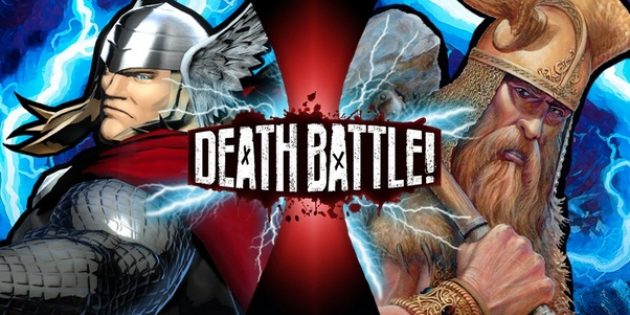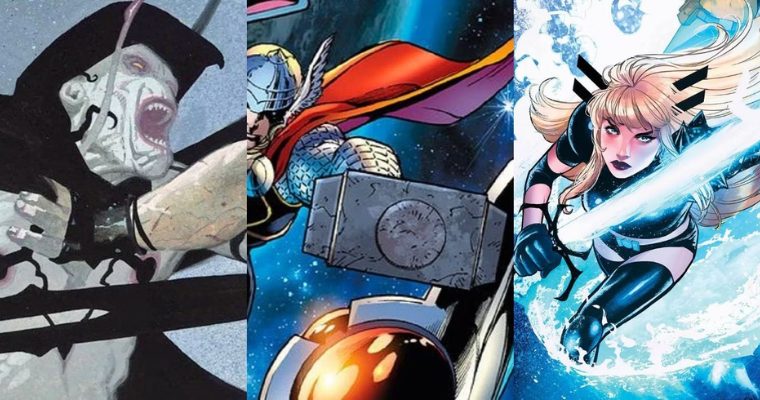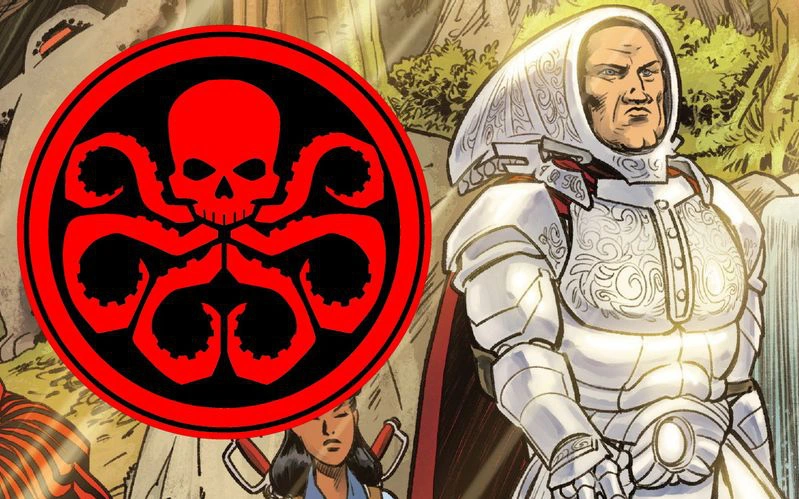While the MCU has tried to patch up a few of its previous plot holes, some significant contradictions still remain.
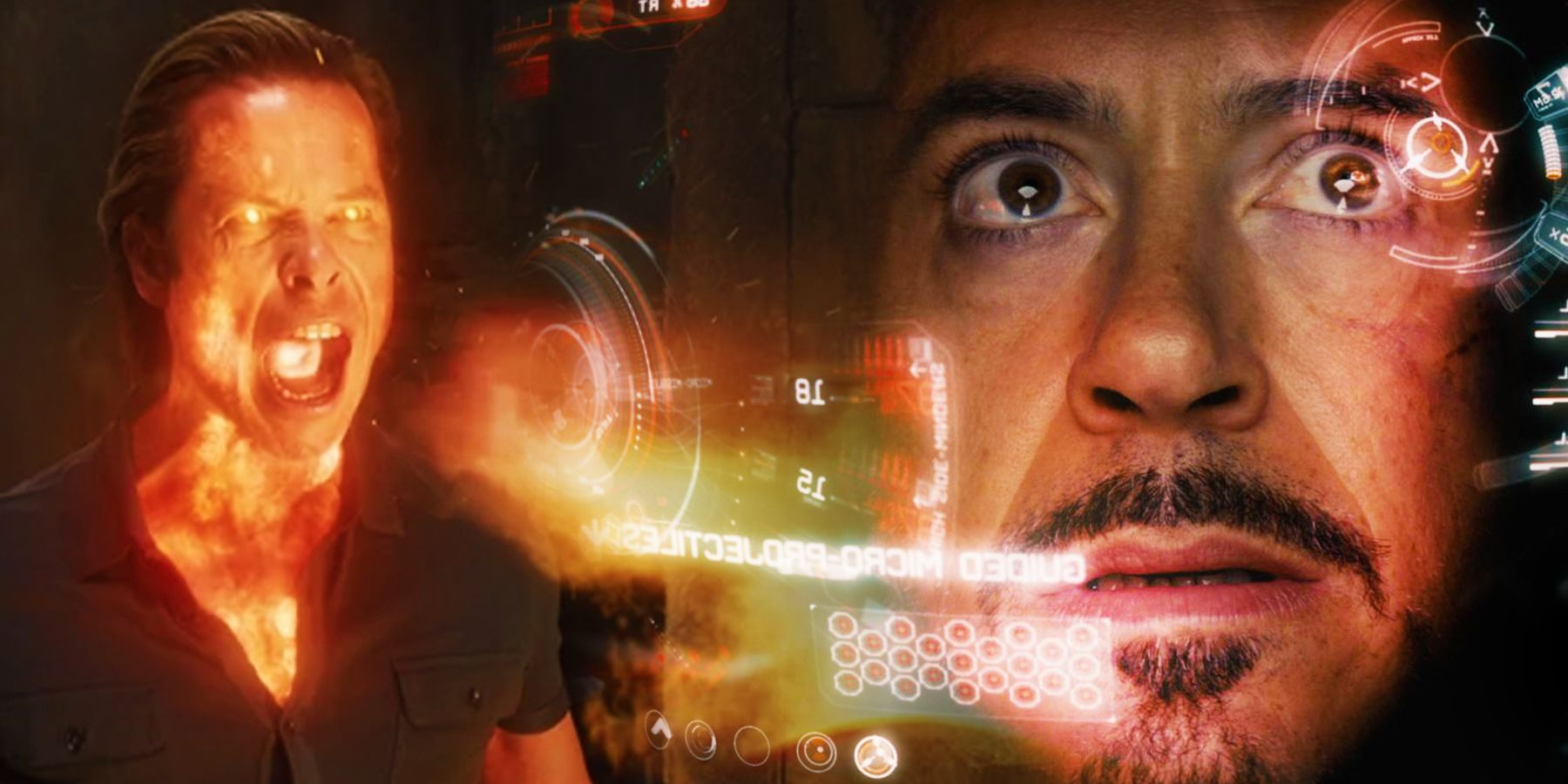
The Marvel Cinematic Universe (MCU) is a massive force that comprises over a decade of films, television shows, and countless other properties. Despite its sustained success, there have been a few hiccups along the way. Even the comic books — perhaps, especially the comic books — have quite a few plot holes.
RELATED:10 Actors Who Have Played Multiple Roles In The MCU
With many different creators working together on several stories with a large and varied cast of characters, it only makes sense that a few major differences would occur and sometimes create continuity problems. While the MCU has tried to patch up a few of these plot holes retroactively, some remain. For better or worse, most fans ignore these MCU plot holes to enjoy their favorite movie franchise better.
Updated February 7, 2022, by Anthony Jeanetta. With the upcoming release of Ant-Man and the Wasp: Quantumania, the MCU has now spanned 15 years over 30 movies. Given this massive lifespan, there have been a few oversights. This list is updated to include more MCU plot holes that most people choose to ignore.
CBR VIDEO OF THE DAYClose 13Extremis Apparently Stopped Existing Completely
13Extremis Apparently Stopped Existing Completely
Iron Man 3
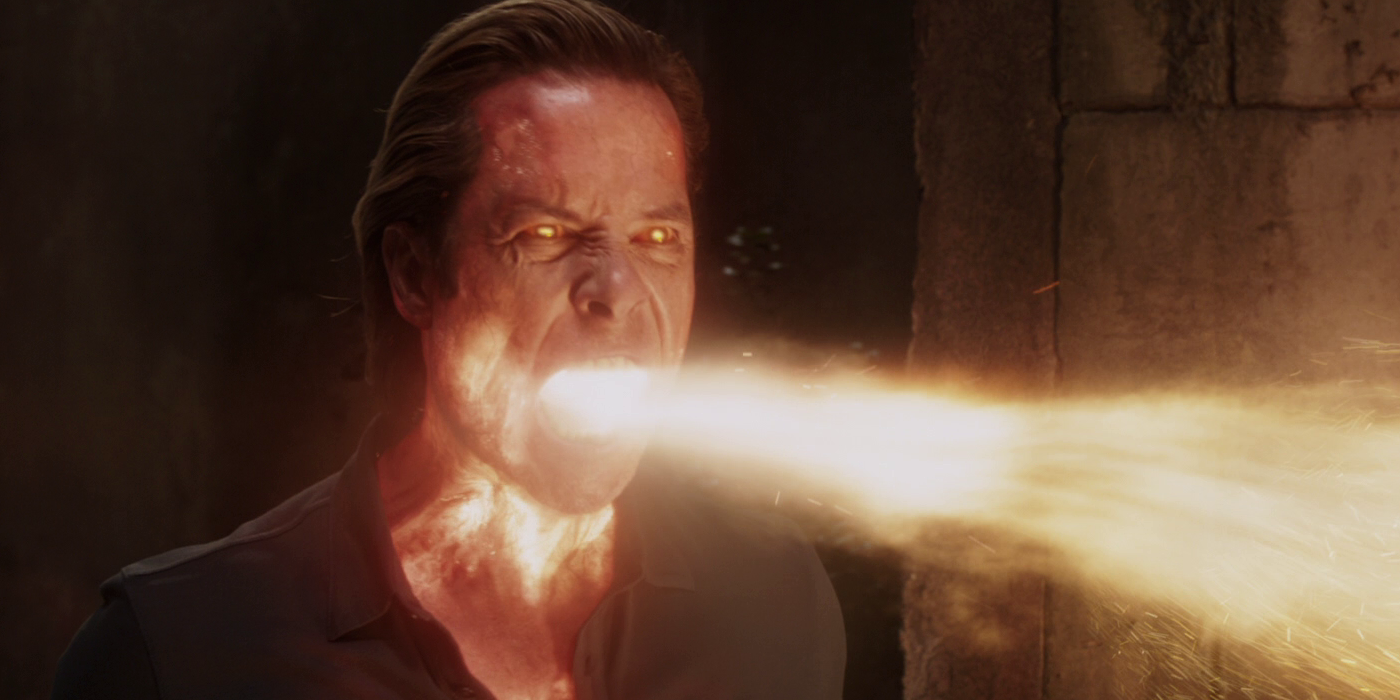
Iron Man 3 introduced a significant medical advancement in the MCU, not that anyone would recognize it moving forward in the franchise. The Extremis tech demonstrated in Iron Man 3 could do numerous things, including regrowing flesh or entire limbs.
This Extremis technology even saves Pepper Potts’ life, but then never appears again in the MCU. When other characters in the franchise lose limbs or are gravely injured, they don’t use the Extremis technology, or a safer variant of it, to heal themselves. Forgetting this potential live-saving technology seems like a major oversight for a franchise consistently bending backward to downplay its heroes’ real-world impact.
12Thanos Gave Up His First Infinity Stone To Gain A Different Infinity Stone
The Avengers
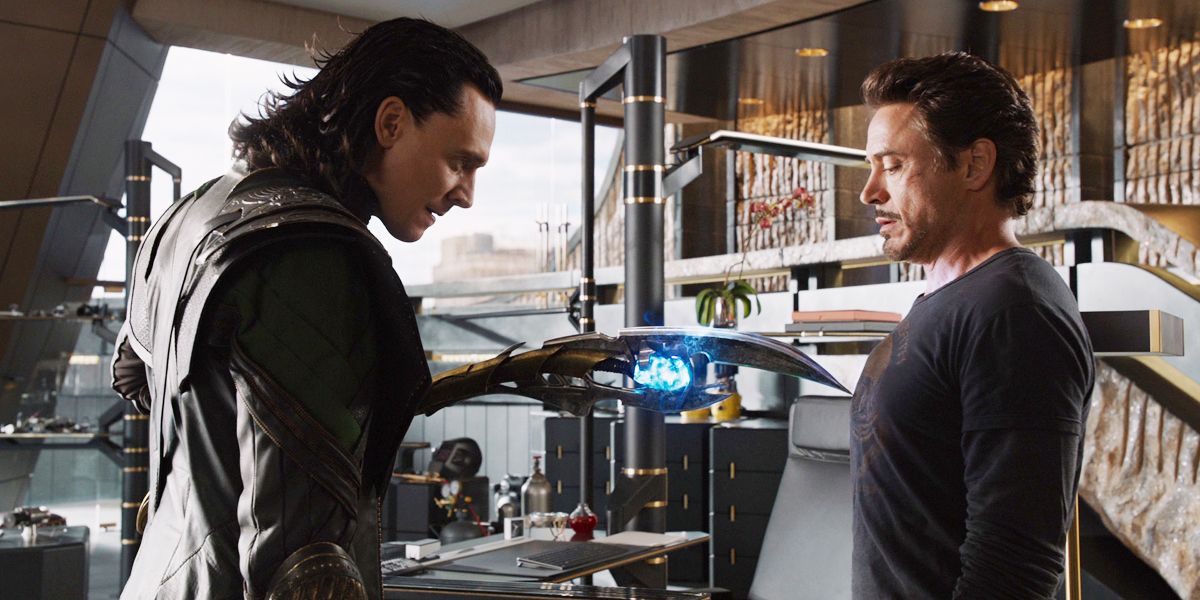
Thanos’ ultimate quest is to obtain all the Infinity Stones, create an Infinity Gauntlet, and then use it to wipe out half of all life in the universe. However, when the MCU first introduces Thanos, he gives Loki the Mind Stone in a scepter, so Loki can use it to get the Space Stone.
In retrospect, this is bizarre behavior for Thanos because the Mind Stone is the only Infinity Stone Thanos had up until that point. The idea Thanos gave his only Infinity Stone to Loki — who immediately lost it — is absurd and doesn’t make sense for Thanos’ character or story arc.
11The Arc Reactor Never Makes Sense In The MCU
Iron Man
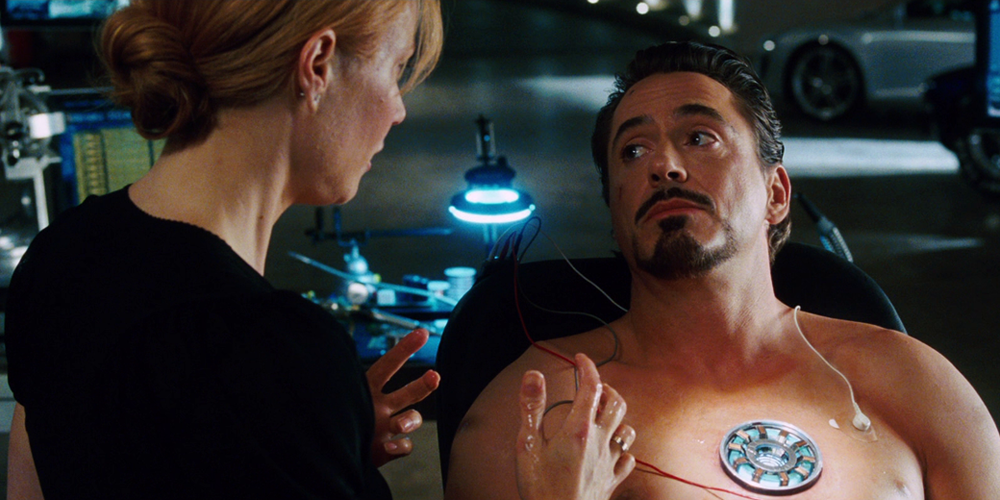
Each MCU entry Tony Stark appears in uses his arc reactor differently, molding it to whatever best suits that film’s plot. At first, Stark needed the arc reactor to survive; if anyone removed it, he would die quickly. Then, he made a different arc reactor because the original version he engineered was poisoning him.
Later, the MCU revealed Tony didn’t need the arc reactor at all, and he had it removed in a surgery that went without a hitch and had no negative after-effects. So, throughout the MCU, the franchise walks back the arc reactor’s importance for no apparent reason.
10Thor Doesn’t Necessarily Need The Bifrost To Travel
Thor

In the first Thor movie, the titular god ends up stranded on Earth with the humans because he can’t access the Bifrost to take him home. During the film’s climax when Thor’s returned to Asgard, he chooses to destroy the Bifrost. This moment feels significant because the Bifrost is the only way Thor can return to Earth, meaning he’ll possibly never see Jane Foster again.
Despite the demolition of the Bifrost, Thor shows up on Earth again in The Avengers, with only a passing mention of dark energy or matter to explain how this is possible. Afterward, Thor can travel almost anywhere without the Bifrost. By Thor: The Dark World, the Bifrost was whole again, and Thor could travel anywhere at will — not that its absence had stopped him previously.
9Howard Stark Inexplicably Left A Puzzle Behind For Tony To Solve
Iron Man 2
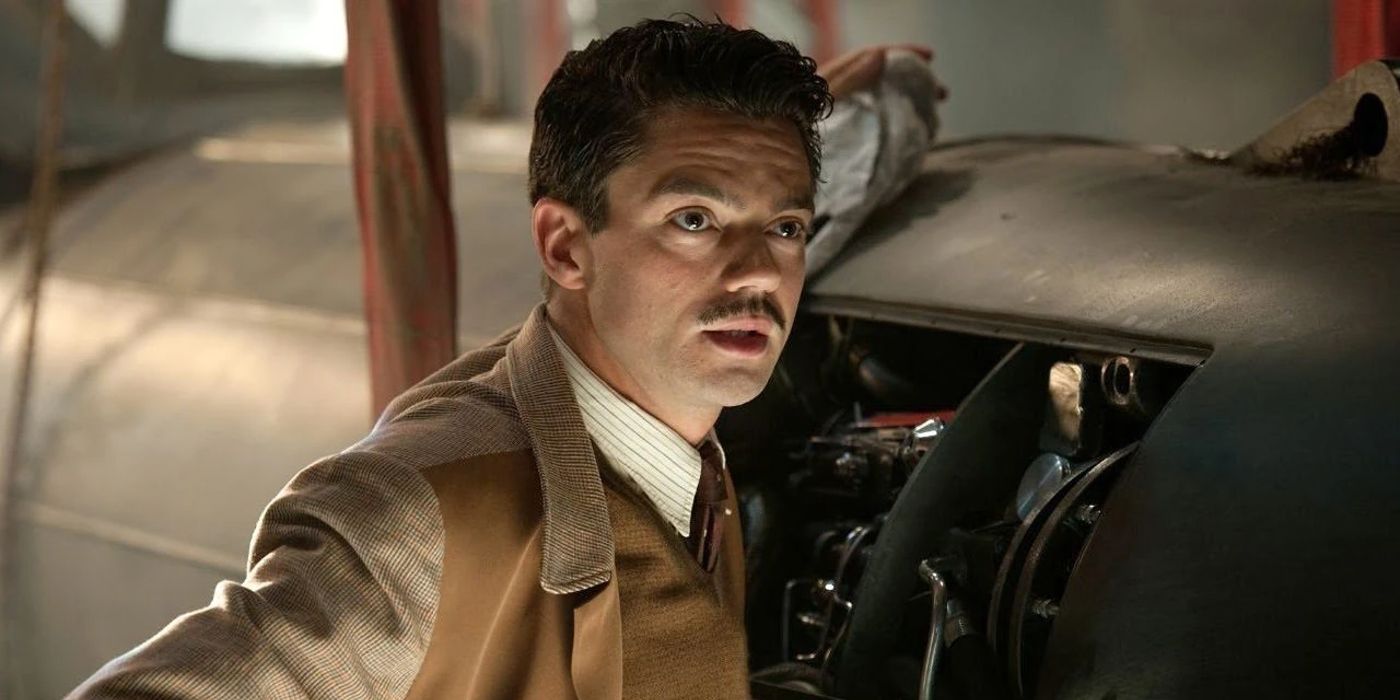
Iron Man 2 slides under the radar oftentimes, which means many people forget precisely how ridiculous the plot’s most essential piece was. In the movie, Tony Stark is dying and needs to create a new element to save his life. Tony conveniently discovers that his father has already unearthed the exact element he needs.
Additionally, for some unexplained reason, Howard Stark hid this information in several coded puzzles that Tony needed to stumble upon to uncover. As far as a deus ex machina, this one is perhaps the MCU’s clumsiest attempt to date.
8King T’Chaka’s Comments On Violence And Recklessness Come Back To Bite T’Challa (Except They Don’t)
Captain America: Civil War
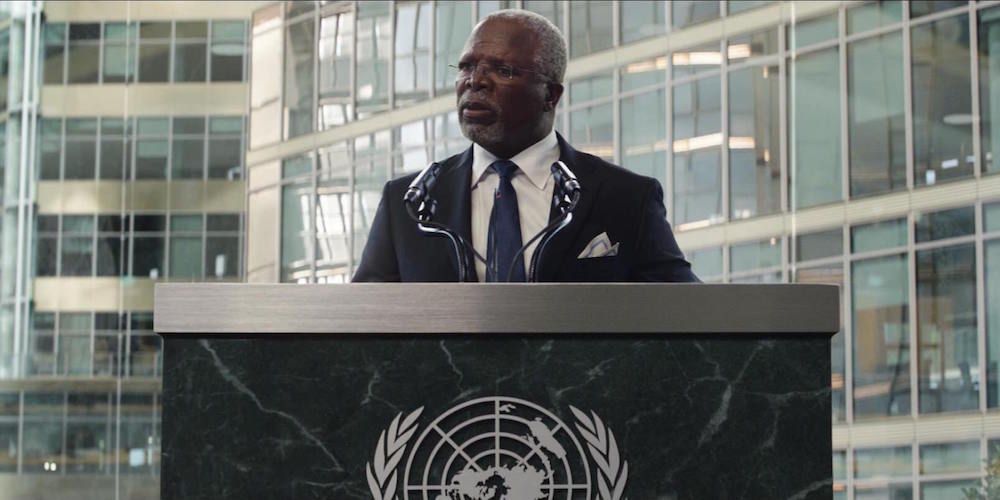
Before Zemo killed King T’Chaka in Captain America: Civil War, the former Black Panther made comments that countless viewers have pointed out since. He said, “Our people’s blood is spilled on foreign soil. Not only because of the actions of criminals, but by the indifference of those pledged to stop them. Victory at the expense of the innocent is no victory at all.”
RELATED:10 Ways Shuri Is The Best Hero In The MCU Phase 4
This statement is a blatant condemnation of superheroes like the Avengers and their callous recklessness and frequent wanton destruction. Despite these comments, T’Chaka’s son T’Challa wreaks similar havoc by flipping cars, destroying buildings, and likely harming bystanders in Black Panther, walking back on his father’s dying principles.
7Thor Has Never Come To Earth Before, Except He Had To Have
The Avengers

When Odin first sends Thor to Earth, Thor is bewildered by the planet because he has never visited. Midgard, as he calls Earth, is a foreign concept to him, and he doesn’t know what the people are like, nor does he know how to communicate with them.
However, in the Marvel universe, Thor had come to Earth — as did other Asgardians, like Odin and Loki — and these early interactions formed the basis for the Norse legends about the characters of the same names. Consequently, Thor implying his banishment to Earth was his first time would be inaccurate.
6Doctor Strange Was Mentioned Before He Actually Rose To Prominence
Captain America: The Winter Soldier
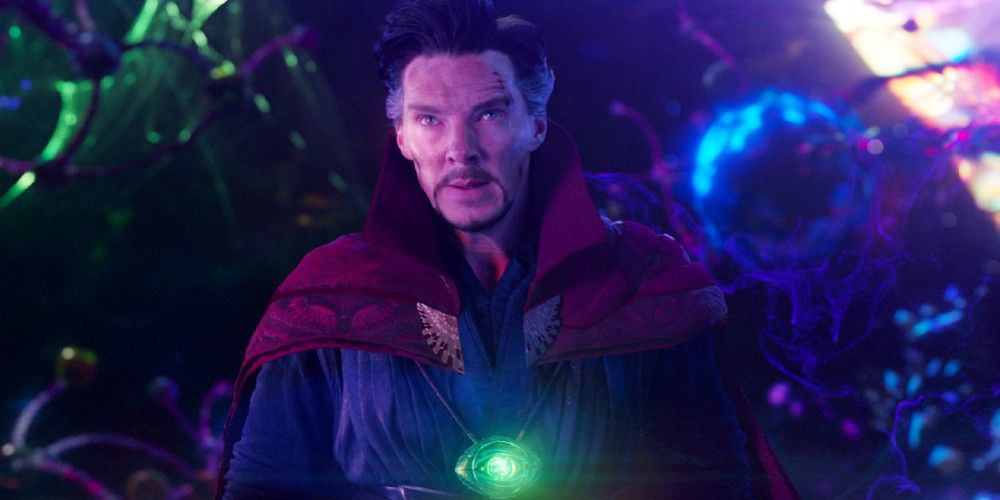
Fans were buzzing when the MCU first mentioned the name Dr. Stephen Strange. In 2014, in Captain America: The Winter Soldier, HYDRA listed “Stephen Strange” as a potential threat to their organization, alongside people like Steve Rogers and Bruce Banner.
Still, in the MCU’s timeline, Stephen Strange was just a medical doctor, nowhere close to becoming the Sorcerer Supreme. Discussing him as if he was already a magic-wielding sorcerer only further convolutes the MCU’s jumbled timeline.
5Tony Stark Destroyed His Iron Men, Then Immediately Replaced Them
Iron Man 3

Along with destroying his arc reactor, Tony Stark also destroys all of his Iron Man suits in Iron Man 2. Stark obliterates every robot, each suit, and every bit of Iron Man tech. Despite this destruction, Tony’s back in the Iron Man suit by Avengers: Age of Ultron.
Later in the MCU, such as in Iron Man 3, Tony Stark has just as many Iron Man suits as before, if not even more variants on the suit. Moreover, there’s little attempt on the movie’s part to explain this rapid rebuild, only adding to any observant fan’s questions.
4The Pym Particles Ultimately Don’t Make Scientific Sense
Ant-Man and The Wasp
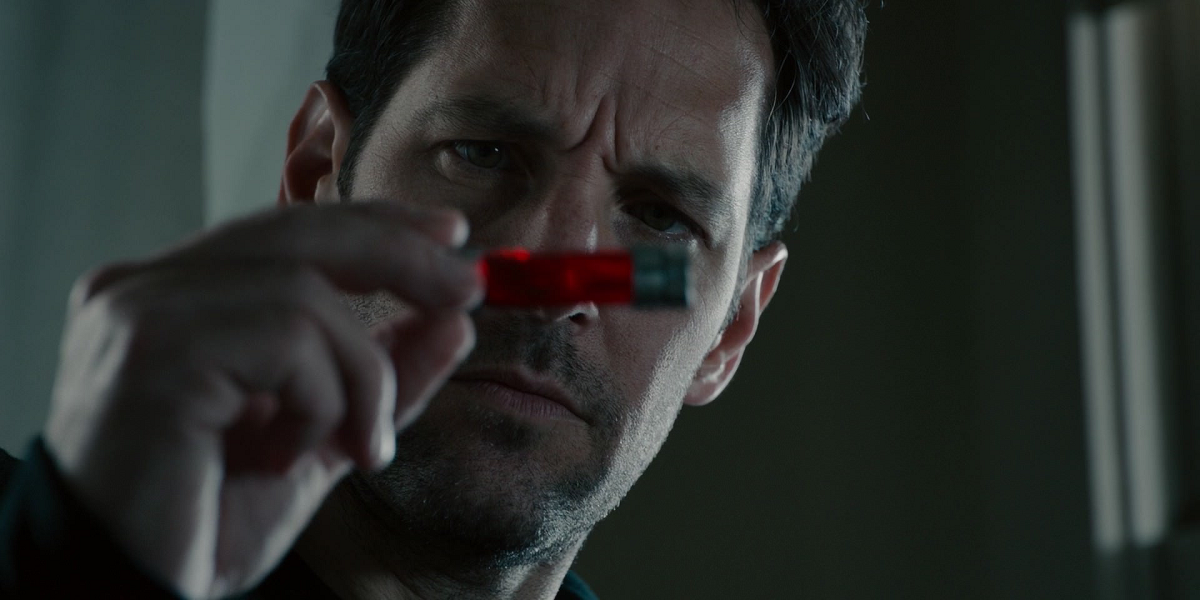
The MCU has consistently gone out of its way to explain the more scientific sides of its stories. While most fans are happy to accept this hand-wavy science, including fictional elements like “Pym particles,” a small — but loud — segment of viewers always want a logical explanation for these tales.
Of course, Ant-Man could never logically exist, but that doesn’t seem to bother such science-forward viewers. Still, to explain Pym particles to these fans, the MCU stated the particles let Ant-Man shrink because they make the distance between each atom smaller. However, the Quantum Realm requires Ant-Man to be smaller than an atom, which seems impossible based on the previously established internal science.
3Gamora’s Backstory Doesn’t Add Up
Guardians of the Galaxy
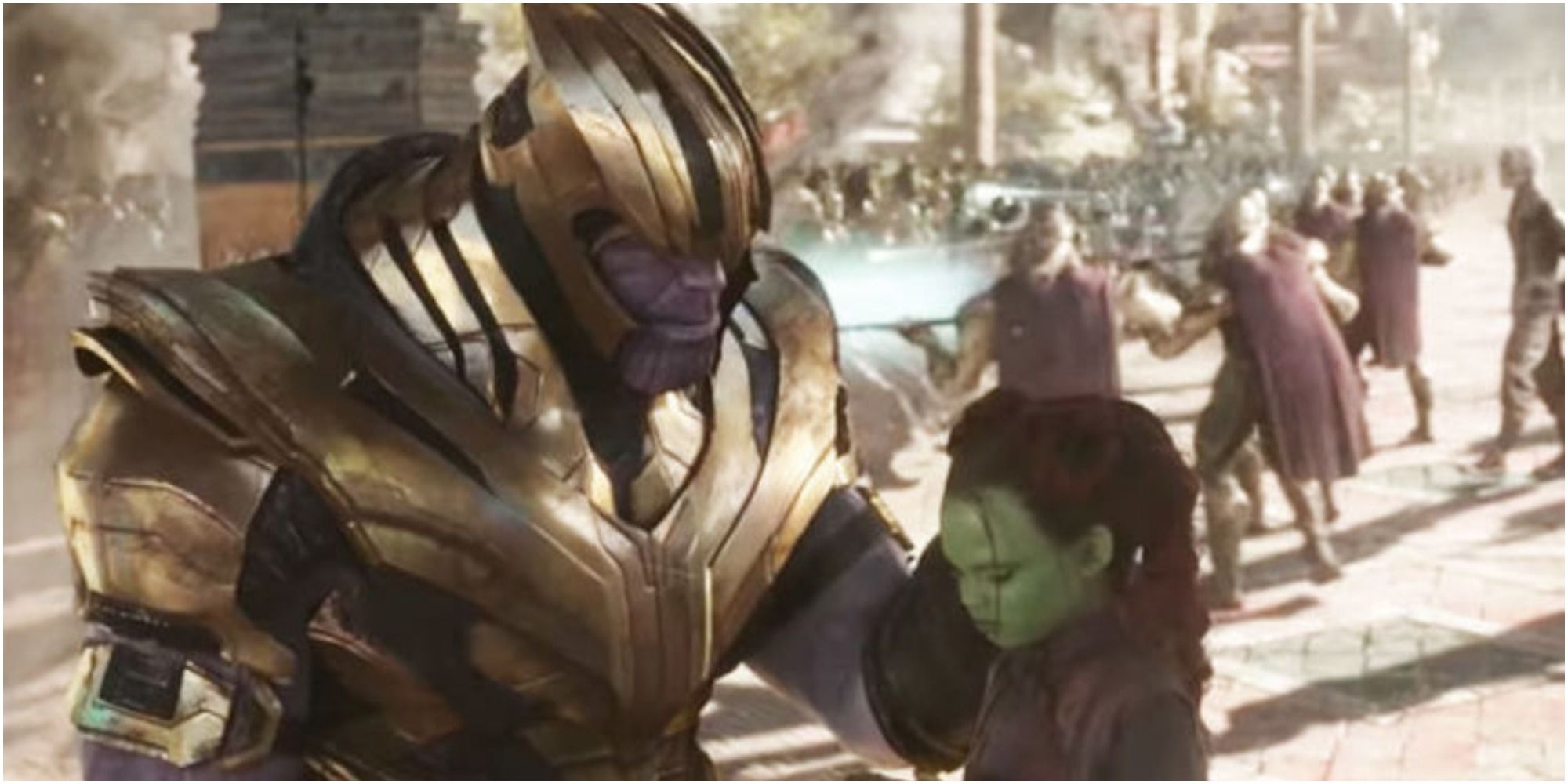
The Nova Corps arrests Gamora and the rest of the soon-to-be Guardians in the first Guardians of the Galaxy. During their intake, the movie displays background information on each character. Sharp-eyed viewers can see Gamora’s key details state she’s the last surviving member of the Zehoberei people.
However, in Avengers: Infinity War, Thanos shares what he did to Zehoberei, and those actions mirrored his plans for Earth. Then Thanos tells Gamora that by halving the population of Zehoberei, he preserved resources for the surviving half to live bountiful lives — the same strategy he had for Earth. However, this story doesn’t add up with what viewers had previously seen.
2The Inconsistent History Of The Celestials
Guardians of the Galaxy Vol. 2
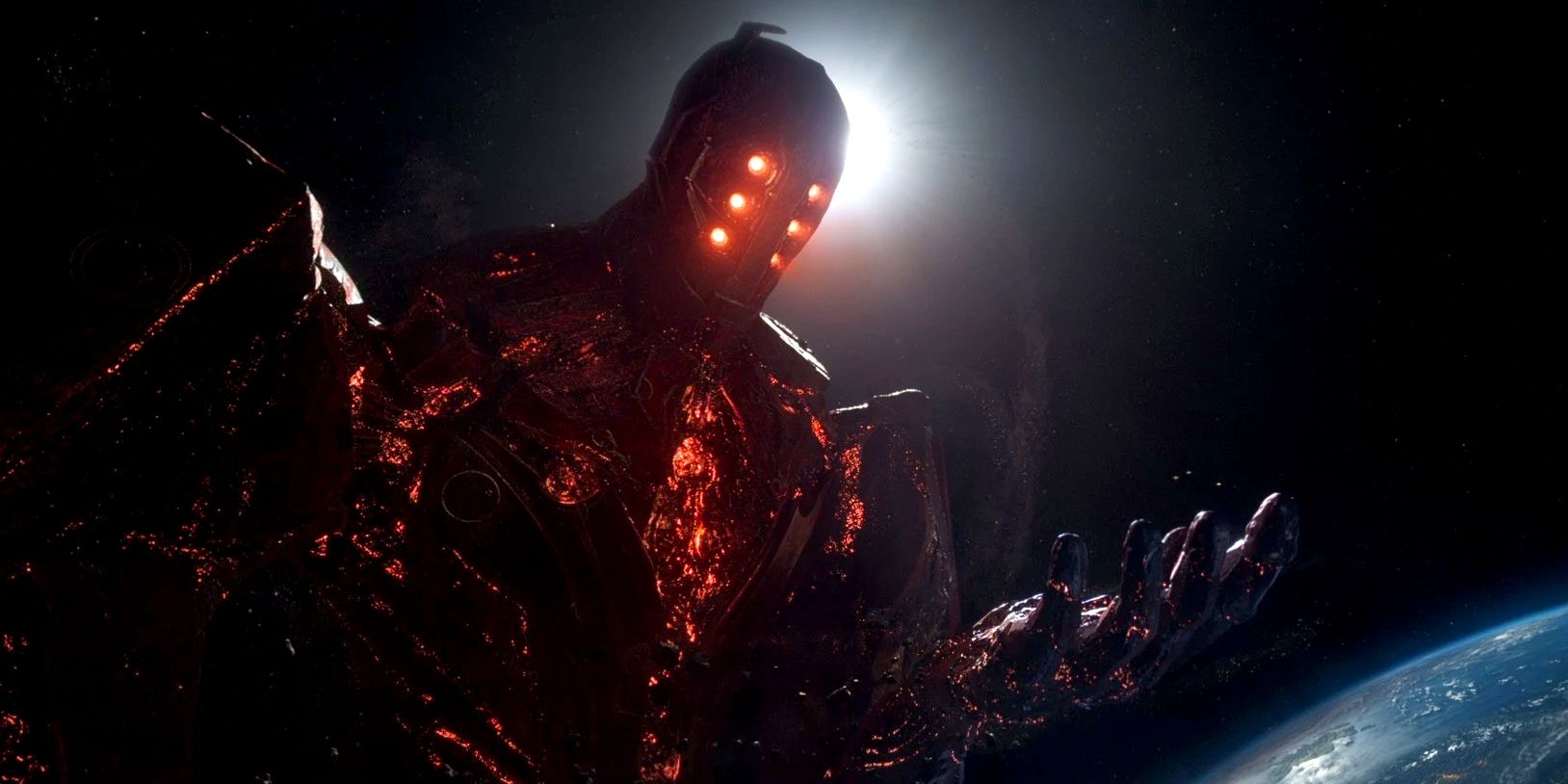
Celestials, in the MCU, are ancient beings responsible for creating the spark that started the Big Bang. Marvel first introduced these powerful organisms in Guardians of the Galaxy when the crew met the Collector on Knowhere — inside the head of a long-dead Celestial. The Collector even shows the Guardians a depiction of a Celestial using an Infinity Stone to destroy a planet.
RELATED:10 MCU Characters Who Suffered The Most In Phase 4
Similarly, Guardians of the Galaxy Vol. 2 introduces Ego as the last living Celestial. However, Eternalsthen establishes that several other Celestials are still alive. So, there was clearly some shortsightedness regarding these omnipotent beings while making the first two Guardians movies.
1Tony Stark And Steve Rodgers Switch Core Personality Traits
Captain America: Civil War
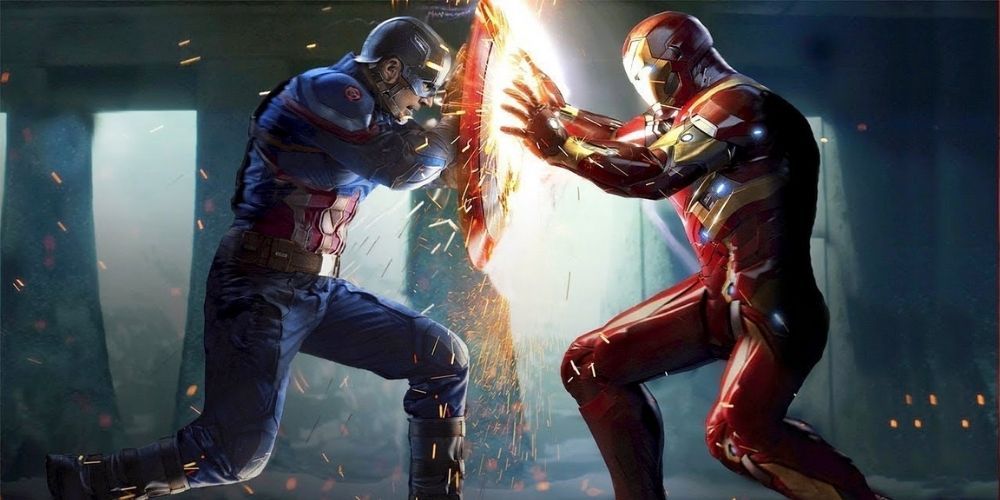
Iron Man, the movie that birthed the MCU, portrays its titular character as a braggadocios, completely self-regulated individual who doesn’t take advice or orders from anyone, especially the U.S. government. The movie hammers this point home in its final scene, where Tony Stark reveals himself to be Iron Man in front of a Congressional committee and refuses government oversight.
On the other hand, Steve Rodgers is a literal super soldier created by the U.S. government to fight its most dangerous enemies. So, where these two characters end up in Civil War seems contradictory to both characters’ previously established personalities. Somehow Tony winds up on the government’s side, fighting to regulate superheroes, whereas the decades-old veteran is fighting against this directive. Age of Ultron works to lay a foundation for these character arcs, but it’s a thin attempt that never completely comes together.



